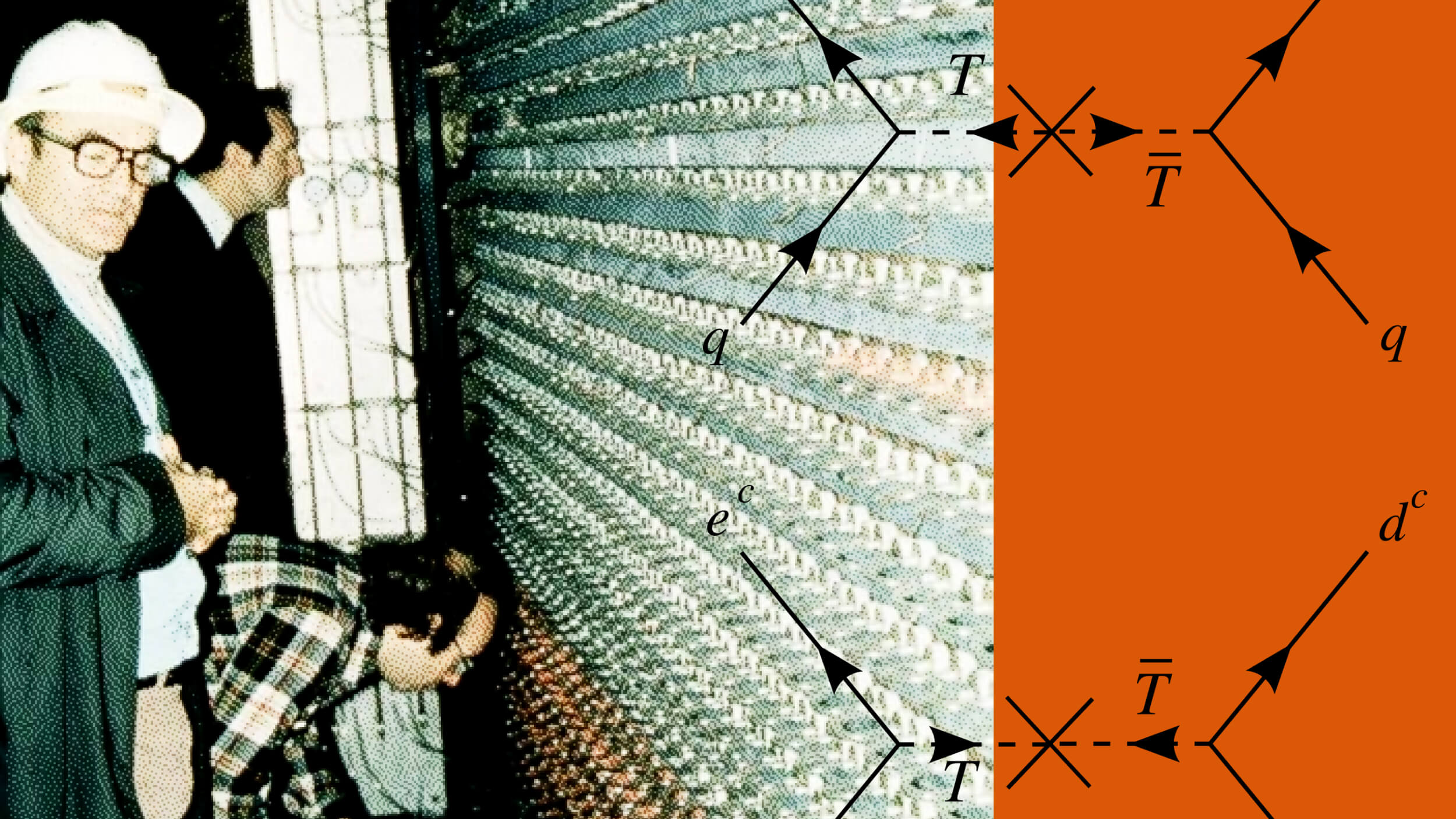The Harvard Business School professor on how to break down barriers to innovation.
Question: Why is innovation so difficult?
Christensen: It’s hard to foster an innovative culture because the activities of executing the business that you already have and manufacturing with very high levels of quality, satisfying customers’ needs are [entailed] being very deliberate and repetitive in order to be successful. Innovation is not quite as predictable, especially if you’re developing an innovation that would appeal to a different set of customers than the ones that you’re currently serving. And, as a consequence, innovations that help you do a better job serving your existing customers are rarely a problem. It’s innovations that target a new set of customers with something that is simpler and more convenient, those are the ones that you have trouble with because it just makes no sense to the logic of the organization to spend money developing products that your customers can’t use.
Question: How can companies identify opportunities for innovation?
Christensen: What you have to do is just, as you’re walking around the world, keep your eyes out for where are they doing something in a location that is inconvenient and expensive and difficult where I could bring a technology to it that would enable it to be done in a much simpler location with greater convenience at lower cost, or where they’re doing something in a centralized location where I could decentralize it, where is there a population of people who cannot now afford something where my technology would enable it to be, enable them to afford it. A great opportunity, actually, is in… A good illustration of this is in green energy. There are no non-consumers of energy in the United States and Europe. Basically everybody has access to very reliable, cost-effective power over the electrical grid or gasoline through the petroleum industry, and what that means is disruptive innovations are unlikely ever to take root here. Ultimately, they may penetrate this market, but they won’t take root here. Where they take root is amongst the 2 billion people in Asia and Africa who don’t yet have electricity, and they’re the ones who would be, who really need to be given a product that is simple, affordable, convenient, where everybody could generate the electricity at their homes rather than have to go through their cost of building the electrical grid. And then, in that context, the technology gets better and better until ultimately it can be used in North America and Europe. But that’s just an illustration. You’ve got to look for a population that can afford it, doesn’t have access to it, simplify the technology so that they can, and that’s the disruption that we’re talking about.





